Written by Juanita ‘Obi-Juan’ Bonner 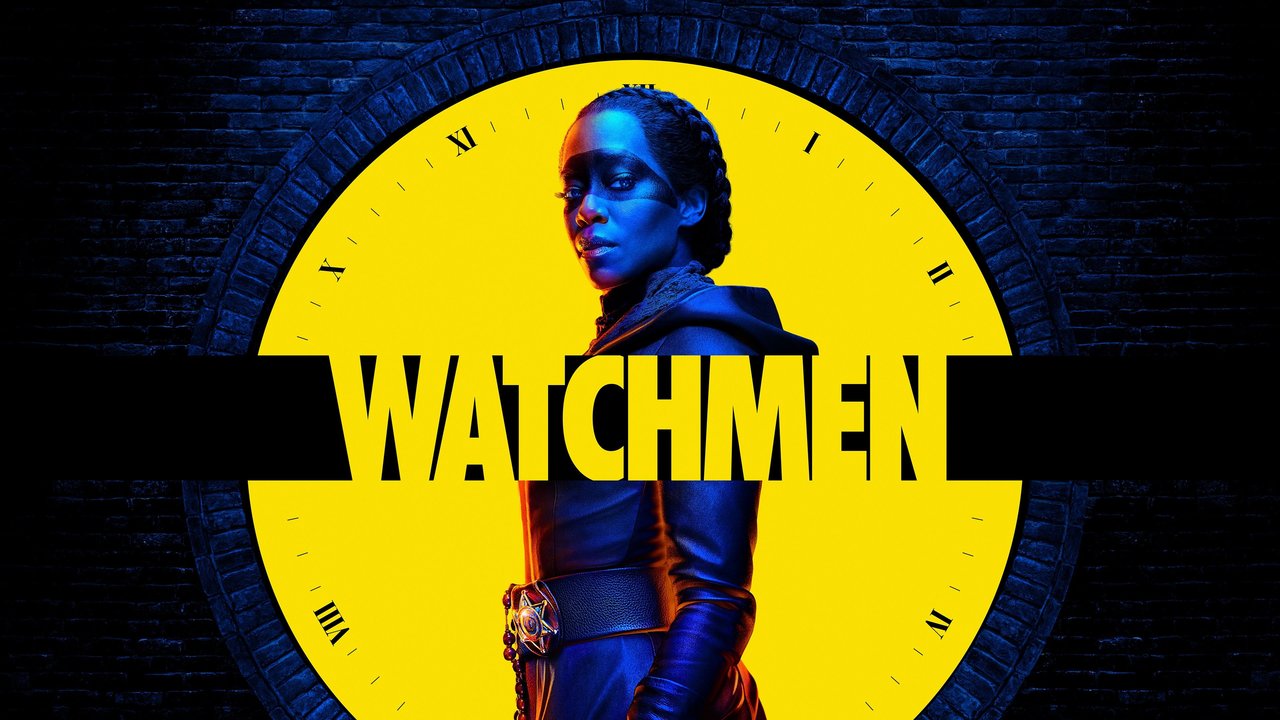 Caution: This article contains minor spoilers for the 2019 HBO series, ‘Watchmen’. In the comic book realm, Watchmen (DC Comics; 1986) is a God among men! Changing the landscape forever, it’s been described as: “The moment comic books grew up,” (Nicholas Barber; BBC). It’s no wonder considering its undertones of misogyny, racism, and xenophobia, mixed with blatant violence, sex and destruction. *KAPOW* LOL!! It’s also no secret that writer/creator Allen Moore, having developed a strong aversion to his own masterpiece after a tumultuous relationship with DC Comics, has washed his hands of the entire thing and expressed that it not be adapted going forward, no matter the format. Despite this fact, Warner Bros. and DC Comics, have continued to give the chronicle life with a feature film and prequel and sequel comic stories respectively. But what really blew up the genre for old and new generations alike is the television series created by Damon Lindelof (Lost; The Leftovers) which ran for nine episodes on HBO in 2019. Aside from being chock-full of homages and Easter Eggs (YES!!), unlike the preceding follow-ups, Damon’s story takes place in modern times (YAY!!). With this in mind, I’d like to discuss four things that improve on the original works by making the entire ‘verse even more complex, timely and enjoyable than it already was. So, before you can say: “Never compromise. Not even in the face of Armageddon,” (*WINK*)… beginning with new characters, let’s dive in shall we? 4. New and Intriguing Characters Jumping 33 years to 2019 means Lindelof couldn’t just pick up where the original saga ended back in 1986. So, bringing things to modern light meant introducing new characters for us to pour over with nerdy delight! Chief among them – Regina King’s Angela Abar (AKA: Sister Night). Donned in one hell of a superhero-like costume, King’s all black attire brings all the vigilante vibes one could ask for. Not to mention, as the lead role, she’s a wife, mother, police officer and an all-around take no sh@#, bad ass!! HECK YEAH! And, as if seeing a black female lead in a highly anticipated television series tied to one of the greatest comics of all time isn’t enough (OMG!!), following her journey from start to finish is pure joy! King – winning a Primetime Emmy, Critics Choice and multiple other awards and nominations for the role – knocks this one out of the park folks! But she’s not the only newbie. We also meet fellow officer Wade Tillman (AKA: Looking Glass) AND his mesmerizing liquid chrome mask which is beyond cool!! Played by Tim Blake Nelson, he brings an extra… well… Tim (LOL!) to the role that only he can. There’s also a few side characters that add some countless WTF moments such as Tom Mison and Sara Vickers as Mr. Phillips and Ms. Crookshanks. These two are spectacular over and over and over again (*WINK*)… LOL! Plus, there’s a mystery vigilante known only as Lube Man and his counterpart Agent Petey (Dustin Ingram). Who – courtesy of HBO and the show’s team of writers – comes complete with his own very detailed Peteypedia of files providing extra background to the series for the fan who really likes a deep-dive. AWESOME!! These files serve as the: “equivalent of additional materials” found in the original works and are full of details on virtually every aspect and character of the show. VERY COOL!! Next, there’s Lady Trieu portrayed by Hong Chau. An odd, yet charismatic billionaire who becomes central to the plot by the end. Sound familiar?? I’d also like to give a special shout out to Will Reeves played by Louis Gossett Jr, O.B Williams portrayed by Steven G. Norfleet and the character Hooded Justice from the mini-series inside the show brought to life by Cheyenne Jackson. All of which end up being fantastic pieces of cloth in one tightly woven tale!! And let’s not forget the other officers Andrew Howard as Red Scare and Jessica Camacho as Pirate Jenny. Or even the rest of the force who like our individualized masked crew – due to an attack on their brethren – wear force wide issued identical yellow masks to hide their identity. This gives the entire squad a cool yet very different Watchmen vibe never seen before. It also sparks feelings of Moore’s original message: “Who watches the Watchmen,” translated from the Latin phrase: “Quis custodiet ipsos custodes,” coined by the Roman poet Juvenal. Heck… just mixing this look with law and order is a twist all its own since the source material draws a clear line between the police and masked vigilantes particularly with the Keene Act. Which brings me to number 3 and our first original character – FBI Agent Laurie Blake (Jean Smart). 3. Catching Up with OG Characters Doing a double, if not triple take on Laurie Blake, I was excited to see Jean (Fargo; Legion) embrace this role. But, I was initially shocked to learn the character not only changed her last name to match her father’s (Eddie Blake/The Comedian) but that she also leads the FBI’s Anti-Vigilante Task Force enforcing the Keene Act she was once arrested for violating. WOW… times have certainly changed for Silk Spectre II, eh!! It didn’t make sense at first. Yet, as the story plays out, Jean’s acting chops are on full display with Laurie’s mix of longing for what was while powerfully dealing with what is. Plus, Peteypedia gives even more insight to this complicated character. Whether you take the deep-dive or not, in the series, you can actually feel her plight! That of the aging superstar desperate to find some resemblance of who she was and where the love of her life – Dr. Manhattan – has gone. Can you even imagine?!? All of which is perfectly blended with her contempt for all that’s come to pass at the insanely narcissistic hands of my favorite Watchmen alum – Adrian Veidt – played expertly by Jeremy Irons!! I never really envisioned Veidt in his later years. You? He’s virtually immortal in the pages of Moore’s Watchmen. And further, for his part of the prequel series, Before Watchmen: Ozymandias (Len Wein; 2013), which I cover in meticulous detail here, we see a young Veidt and his mega ego grow into the monster slowly laid bare in the source material. But older? Never! Even so, Irons is fantastic as we watch Veidt struggle in his eccentricities. Keeping with the themes depicted in the original works, and similar to Lady Trieu noted above, Lindelof makes Veidt a central player to the overall narrative but keeps him on the side sprinkling bits throughout. It’s confusing and bulky, but well worth the journey. And just like the blue Doctor himself, the biggest reveals come towards the end of the series. For that reason alone, I will say nothing of Dr. Manhattan or who plays him (for those still not in the know) except that all of his narrative, along with the entire series, is so well pieced together that you might need a second watch just to pick up on its intricacies. NICE!! Not to mention, like Regina King, the actor who portrays Dr. Manhattan also won a Primetime Emmy amongst other wins and noms for the role. And boy does he earn them!! Further, as the comic focuses on mans’ own self-destruction via nuclear war, Damon finds a whole new ticking time bomb to grab our attention – racism! 2. A New Twist on a Timely Message On the extinction note, Moore’s creation is explicitly about our own self-created demise. This is displayed over and over in the main storyline and in the layered text and tales folded within. In short, the lesson is never truly learned until it’s too late. Lindelof runs with this idea in epic fashion weaving a tale of excess on all fronts. Side note. With my fondness for Ozymandias, I particularly love his cocky, self-important excess in this series. Adrian – Mr. Smarty Pants (LOL!!) – always thinks he has the answer and it’s glorious to see it all unfold. Ok, back to the well-timed message… LOL!! Opening the series with the real-life 1921 Tulsa Race Massacre, Lindelof sets the stage for subsequent episodes to be steeped in commentary and examinations on racism. He uses this event for a few reasons which we’ll get to shortly. But first, a small WTF history lesson. Virtually scrubbed from our Nation’s past for decades, the most affluent and prestigious black owned area in the country, known as the Greenwood District (AKA: Black Wall Street), was completely destroyed by white attacks on May 31st and June 1st, 1921. Dubbed by the Oklahoma Historical Society as: “The single worst incident of racial violence in American History,” the details are horrific. An area of 35 city blocks were destroyed in less than 24 hours leaving many homeless, destitute or dead. WTF!! And because racial segregation and the Oklahoma branch of the KKK only grew in the years to follow, virtually no consequences were had and Black Wall Street never recovered. **Insert disgusted and frightened look here!!** I myself, knew little of the depth of this event. And it’s crazy how many posts there were across all social media platforms from people of all races knowing absolutely nothing about it having been introduced for the first time via Watchmen’s opening sequence. Including people living in Tulsa. WOW!! Additionally, Google searches surged on the topic during and after the premiere well into the next morning. Not to mention, the details are beyond shocking!! Especially when you learn the whole thing started from escalated rumors of an elevator encounter between a black teenager (Dick Rowland) and the white elevator operator (Sarah Page). SMDH!! Lindelof, previously declining twice to adapt the show, now catapulting 30+ years into the future, asked himself: “What is creating the most anxiety in America right now?” He settled on the obvious choice of race. Then, moving away from Moore’s Cold War themes yet staying on point with the Oklahoman history where the Keene Act was written, Damon seized on the source material AND historical truths to tell one hell of a comic tale. HOLY COW, THAT’S AMAZING!! Carrying racial themes throughout, the series deals with issues of reparations given to Oklahoman Massacre Descendants, incidents of racism felt towards King’s character, and, in true Watchmen fashion, occurrences of discrimination folded into the stories within the story. An apt message indeed!! EXCELLENT!! He also wanted to show that: “Superheroes cannot defeat racism,” as he smacks the would be fan awake with shocking imagery throughout the series leading me to the biggest and most fitting tale of excess – Rorschach’s Journal!! 1. The Expansion of Rorschach’s Journal Do you love Rorschach (AKA: Walter Kovacs)? I do! And honestly, despite his rude and discriminative demeanor, I always have. Particularly after he was brought to life by Jackie Earle Haley in the 2009 film. But is he a hero? The reviews are certainly mixed on this. Some say he’s the “moral center” of Moore’s work. On the surface, I once believed this, but after looking more deeply at the character, how he’s portrayed, and just exactly what Moore was trying to achieve, I see things very differently now. Because overall, though Rorschach is a tortured soul, he’s as far from center as it gets. And Though Veidt’s monstrous plight might give him a run (LOL!!), morally Mr. Kovacs is by far the worst of the vigilante bunch. His self-righteous view of the world is dark which makes him fascinating. But to those who think he’s another Batman, wake up!!
To explain further. In the comic, from his own commentary – some of which are actual excerpts from his journal – Rorschach is clearly a misogynistic, racist, homophobic sociopath. Not to mention, the place he mailed his journal in the end – the New Frontiersman – is a right-wing extremist newspaper that he praised and followed. Say what you want about Rorschach, but these facts are undeniable. Though… I never imagined how the newspaper would perceive his journal beyond releasing the truth behind everything about vigilantes and Veidt’s plan. However, Lindelof runs with this idea and never lets up. I mean… of course the New Frontiersman published the entire journal. DUH!! To say nothing of the fact that it makes absolute sense that some White Supremacist Oklahoman Zealots would take Rorschach’s journal and make it gospel… LOL! Calling them the Seventh Kavalry is a nice nod too as the name is referenced in Chapter XI of the comic via the supplemental material during an interview titled After the Masquerade between Doug Roth of Nova Express and Veidt. In which, Adrian sees the properly titled 7th Cavalry Regiment – referring to Lieutenant Colonel George Armstrong Custer’s Regiment, who participated in some of the largest Indian Wars and Native American Massacres in US history including his Last Stand at The Battle of Little Bighorn – as a necessary evil. Just like how he saw his own master squid plan to avert nuclear war. WHOA!! Yeah, Adrian’s pretty bad too… LOL!! Looking ahead at Lindelof’s Seventh Kavalry, they’re a jumble of historical and racial perversion at its finest with Rorschach’s Journal as the story’s anchor! Just like the comic. VERY COOL!! Even Agent Petey’s files make note of these extremists facts. NICE!! I mean… Lindelof must’ve spent countless hours envisioning how this would lay out because it’s so well done, it’s scary. Using the 1921 Tulsa Race Massacre as a starting point, Damon weaves a very timely and modern tale by blending elements of Watchmen’s racist tones into various representations of prejudice amongst present day Tulsa residents culminating in a true fight of good and evil even beyond what Veidt could imagine. WOW!! Blatantly and unapologetically, I might add. All the while, like the original works, the question of: “Who watches the Watchmen,” always lingers. Plus, the entire series boasts fascinating NEW reveals and excellent music from Trent Reznor and Atticus Ross , all wrapped in a nostalgic Easter Egg filled Watchmen bow! As I said… complex, timely and enjoyable! BRAVO!! Well there you have it! Four reasons why Damon Lindelof’s feature not only pays a fitting homage to the source material, but builds upon it with force!! *Pew Pew* LOL! Will we see more? Well, Damon has been pretty firm in stating he only envisioned one season of the limited series. I mean… it’s pretty self-contained. Which I suspect, is exactly what Lindelof wanted. A fitting tale that ends!! Just like the comic… period!! In fact, since watching his adaptation, I have often wondered if Alan Moore has actually seen it and secretly loves it! For, much more than the other variations, it’s more on point with Moore’s original intent. Even the original concept artist – Dave Gibbons – endorsed it which is a good thing since Lindelof has stated he might not have done it otherwise. NICE!! Thanks Dave!! LOL! Because nothing screams Watchmen more than a visceral look inside the lives of fallible characters – good and bad – as they struggle to find their place in their own self-annihilation! Oh, and capes… LOL!! “Good joke. Everybody laugh. Roll on snare drum. Curtains.”
0 Comments
Leave a Reply. |
Archives
April 2025
|
|
© 2012-2025, Nerds That Geek LLC.
All Rights Reserved. |
uWeb Hosting by FatCow
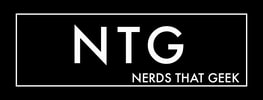
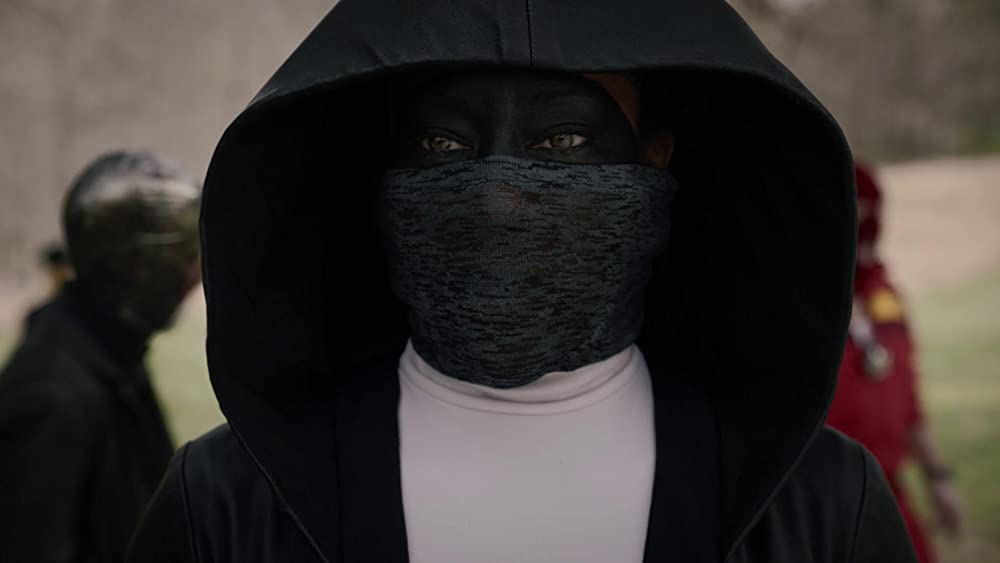
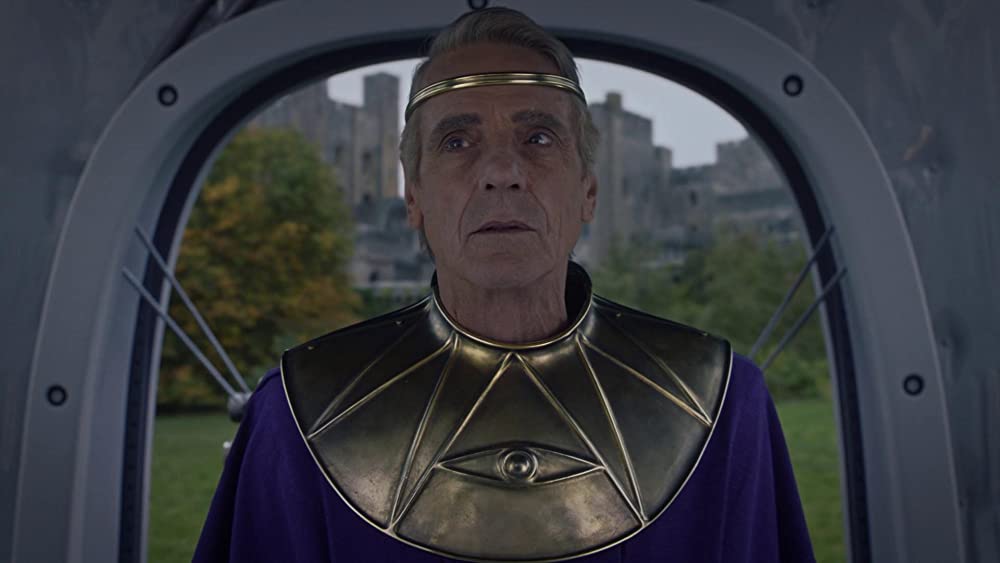
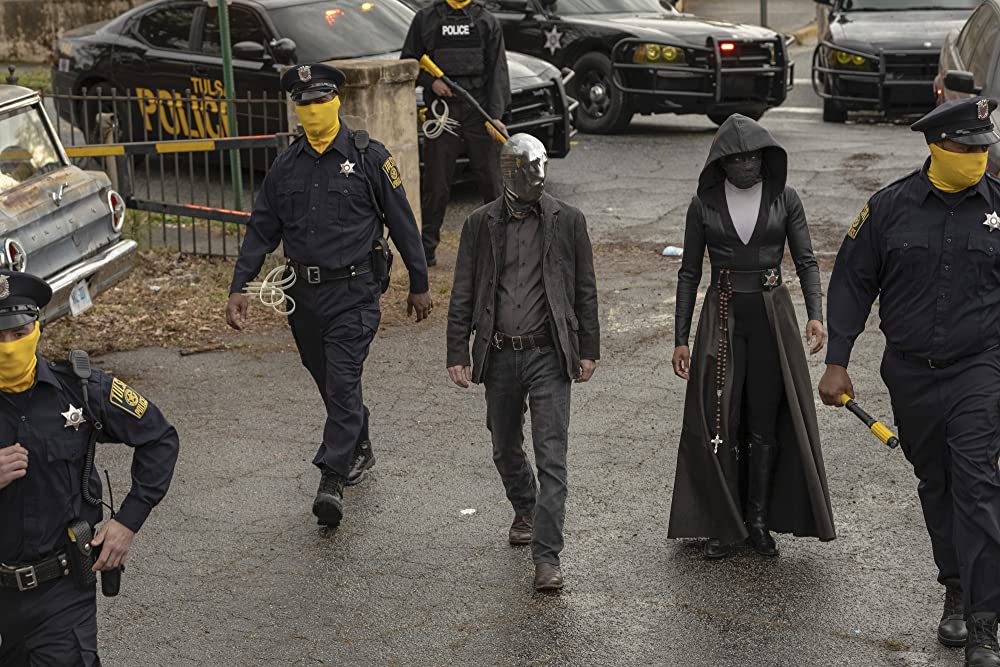
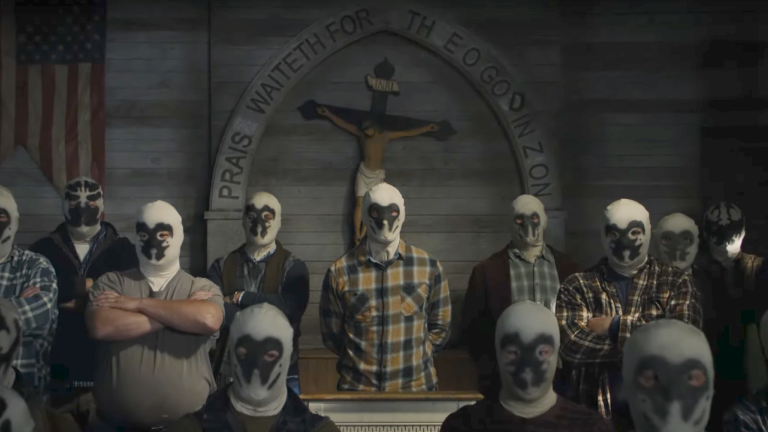
 RSS Feed
RSS Feed